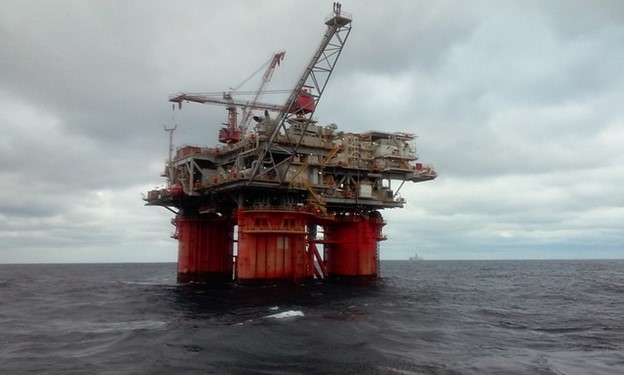Oil price records its fifth consecutive day of fall after US crude and fuel inventories hiked unexpectedly last week.
The result released by the American Petroleum Institute showed an estimated 1 million barrel build for the week ending March 12.
This is supported by separate data from the US Energy Information Administration. The data showed a bigger stockpile at 2.4 million barrels.
According to economists, the recent hike in stocks is primarily due to revamping capacity across refineries in Texas in the aftermath of the cold spell.
However, the inventories are still possible to balloon in the coming weeks. Refineries are still not operating in full-capacity as of this writing.
In the latest charts, Brent crude declined by 1.1%, translating to a $0.74 chip off the previous price.
The European benchmark is trading at $67.26 per barrel. This position is far away from its initial target earlier in the week of reaching $70 per barrel.
The West Texas Intermediate followed the trail of its counterpart and fell by 1% to $63.95 per barrel.
Another factor that consolidates concerns is the rising cases across Europe’s key economies.
Germany updated a surge in domestic transmissions, weighing on its normal economic functioning.
Similarly, France and Italy contemplate coming back to adopting draconian measures to curb the spread of the virus.
These shortcomings came at a time when AstraZeneca and the University of Oxford’s vaccine faced probes amid allegations on blood clotting as a possible side effect.
OPEC Made the Right Decision
Meanwhile, OPEC member states maybe tapping each other’s backs at the corner, after resorting to retain production curbs in place.
The oil organization was initially touted by traders. This was due to it deciding to extend supply restrictions at a time when prices were sky-high.
For the record, it remains a powerful price determinant as it leverages massive power and influences to collectively decide on what it deems fit for the situation.
In the latest projection released by the US Energy Information Administration, it said that the Middle East oil coalition will have to pump by 20% more than current levels.
This is to reach the target of producing 30.8 million barrels per day by 2026, at a time when demand is at more stable levels than today.
For the record, member states produced nearly 25 million barrels per day in February. This is according to the latest survey from an industry group.















